Science Shop
Advertisement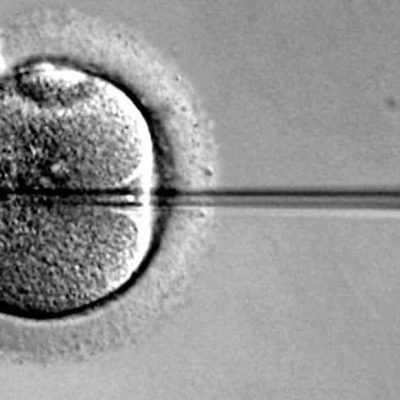
Scientists create embryo with three parents.
- By Geert Devenster
- . October 28, 2012
In a groundbreaking development, American scientists have created embryos that carry the genetic material of three adults. This technique could potentially eliminate certain genetic diseases

Climate Change Destroys Methane Hydrate
- By Geert Devenster
- . October 25, 2012
The warming of ocean waters due to changes in the Gulf Stream is posing a threat to the stability of methane hydrate deposits along the
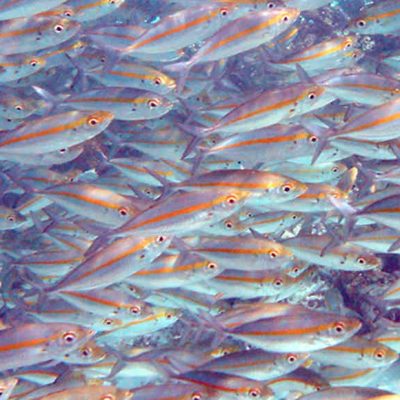
Fish swarm tricks visual perception
- By Rolf Lewis
- . October 23, 2012
Silver fish such as sardines, herrings, and sprats have a unique way of tricking predators by avoiding the optical effect of polarisation. When light hits
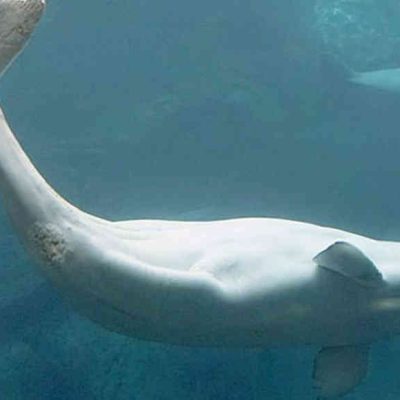
Beluga Whales Mimic Human Voices
- By Rolf Lewis
- . October 22, 2012
In a fascinating discovery, scientists from the National Marine Mammal Foundation in San Diego have reported that a captive beluga whale was able to imitate

Plants lose insect protection in 3rd generation
- By Rolf Lewis
- . October 21, 2012
In a fascinating discovery, scientists have found that plants can pass on their insect defense mechanisms to future generations through their genetic makeup. The Oenothera,
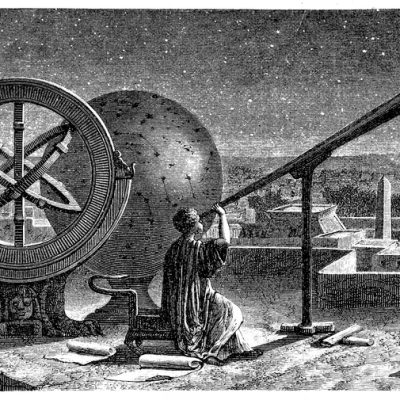
Antikythera Mechanism Examined Up Close
- By Rolf Lewis
- . October 19, 2012
In 1901, sponge divers discovered a complex mechanical device in an ancient shipwreck off the coast of the Greek island of Antikythera. The device, known

Climate Change Breaks Food Chain
- By Geert Devenster
- . October 17, 2012
Researchers warn that numerous animal species will become extinct in the next 100 years due to climate change. However, the direct increase in temperature will
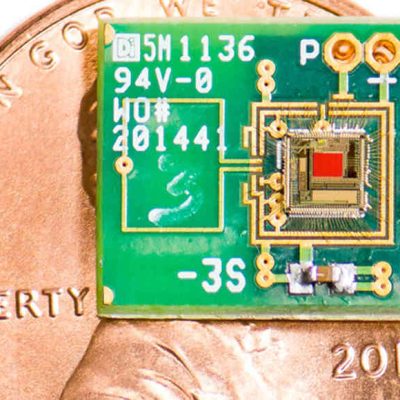
Tapping into Human Ear Power
- By Geert Devenster
- . October 10, 2012
Researchers have developed an implant that can harness energy from the human ear to power small electronic devices. The implant taps into a natural source
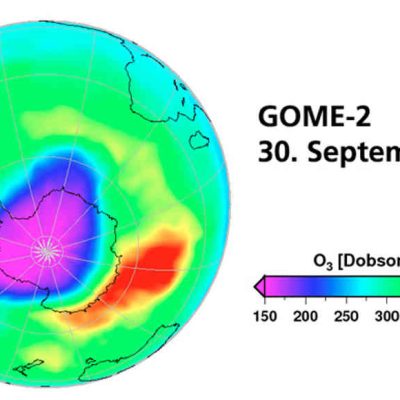
Antarctic ozone hole closes again.
- By Geert Devenster
- . October 8, 2012
Good news for the environment as scientists have discovered that the ozone hole over Antarctica is continuing to close. This positive trend could see the
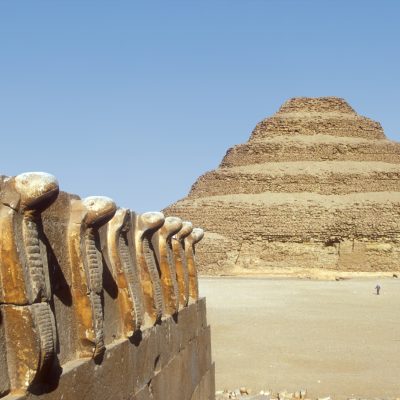
Newly Discovered Pyramids in Egypt?
- By Rolf Lewis
- . October 6, 2012
Archaeologist Angela Micol, who studied archaeology at the University of North Carolina, may have made an archaeological breakthrough thanks to Google Earth satellite images. For









